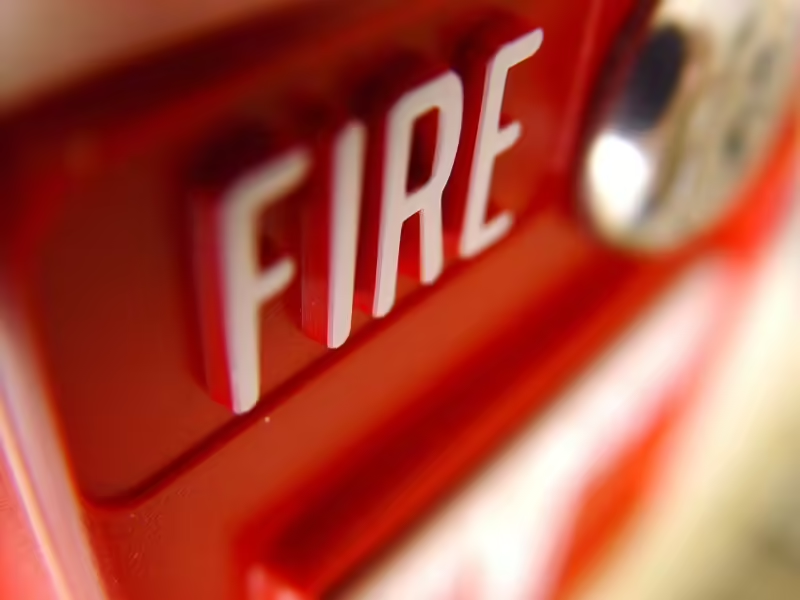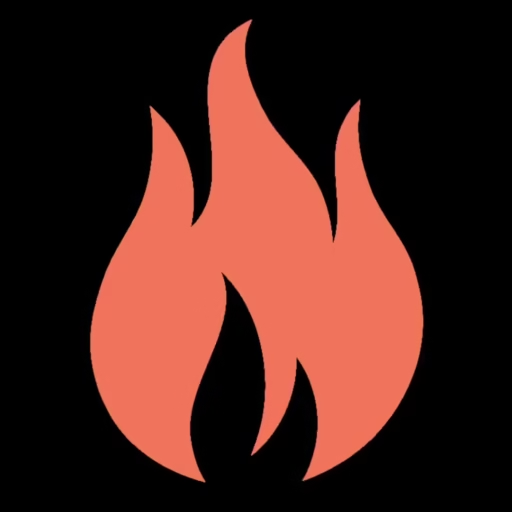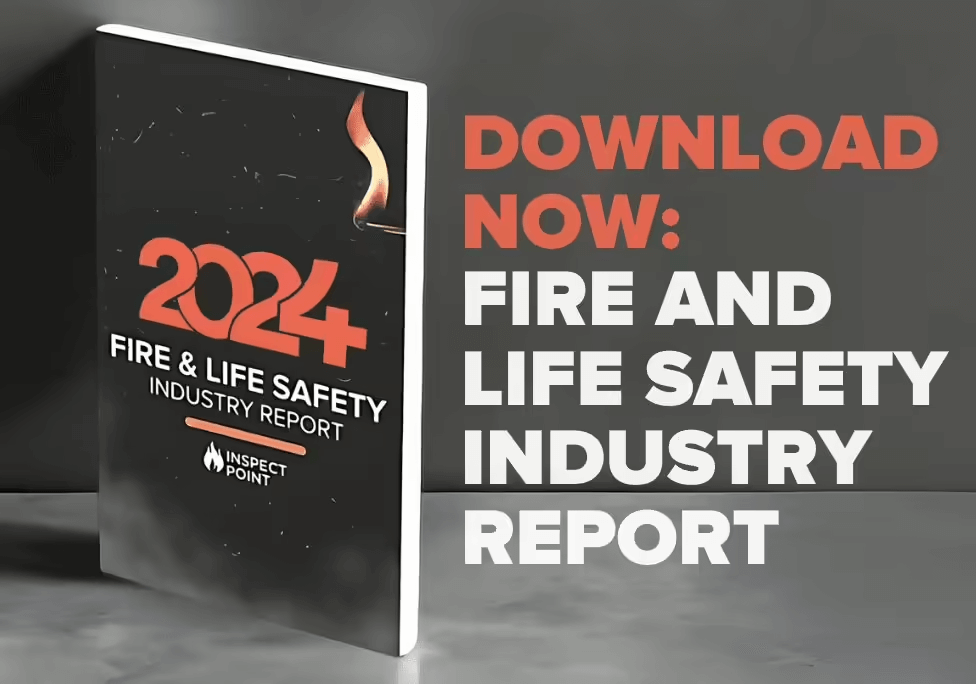
Changes to NFPA codes and standards can be difficult to navigate. Big and small changes alike can impact your day-to-day operations in significant ways. Of course, that’s true of NFPA 72, too. As the 2022 edition is more widely adopted, and with the 2025 edition on the horizon, it’s a great time to review some of the recent and upcoming changes to the standard and how it will impact fire alarm codes across jurisdictions.
The Inspect Point platform includes multiple code years and an extensive library to ensure you always have the right, code-compliant form for your jurisdiction and to help you stay up-to-date with key code changes. Book a demo to see how you can easily manage compliance in a single platform.
New Technology, New Standards
Remote Access
The 2022 edition of NFPA 72 introduced Chapter 23, covering remote access. Whether you’re remotely accessing an alarm system to complete testing and maintenance, assess the status of a control unit, or implement a software update, Chapter 23 provides key guidelines for maintaining the security of the system and safety in the facility:
- You must have manual means to shut off the remote connection at any time.
- If the individual remotely accessing the alarm panel is “inactive” on their device for one hour, the remote connection must automatically disconnect.
- The involved area(s) of the fire alarm system needs to be taken out of service while remote work is being performed. As such, a qualified person must be on-site to complete key functions, including silencing and resetting. (Note: “Qualified” is determined by the AHJ. In some cases, the building owner may be considered “qualified;” in others, specific certifications or licensing are required.)
- If you are completing a software update remotely, Chapter 14 of NFPA 72 still requires testing on all software changes made, regardless of whether the update is completed remotely. This testing also requires the presence of a qualified individual on-site.
Cybersecurity
With the advent of the Internet of Things (IoT) and increased connectivity in all areas of life, it’s no surprise this technology has made its way to the world of fire protection. With addressable alarm panels and cloud-based data storage, cybersecurity is an increasingly important consideration in our industry.
Chapter 11, which focused entirely on cybersecurity, was another new section added to the 2022 edition of NFPA 72. The chapter is only one section long and simply states that, where required by other laws, codes, or governance, building owners need to incorporate some level of cybersecurity protocols within their fire alarm systems.
Specific cybersecurity recommendations were placed in Annex J in the 2022 edition of the standard. In the upcoming 2025 edition, these recommendations will become part of the standard in Chapter 11. Many of these recommendations place responsibility on the manufacturer. Manufacturers must follow UL standards surrounding cybersecurity and provide evidence of compliance with those standards.
To address cybersecurity concerns and ensure compliance with the recommendations outlined in the latest edition of NFPA 72, some facilities have decided to forego a connected system altogether, opting for a conventional alarm panel.
Inspect Point takes data security seriously. Our system is designed in accordance with data security best practices to ensure your data is secure. Plus, YOU own all your data within the platform.
Building Owner Software Access
Connected fire alarm systems also raise the question of access. Changes to NFPA 72 in 2022 introduced a new requirement regarding owner access: “For all software that connects to and is part of the building life safety components, software security access or any means to obtain that access needs to be provided to the owner or the designated representative.” This means the installer or service contractor cannot ‘hold access hostage’ to keep the owner from switching to another contractor. This empowers the owner to employ any qualified contractor for the job, as they own and manage their system’s access credentials.
Inspections, Testing, & Maintenance
Batteries
As of January 1, 2024, NFPA 72 requires all rechargeable batteries used as a secondary power source to be listed by a nationally recognized testing laboratory. For the most part, that means alarm systems now need to use UL-listed batteries. The updated standard seeks to improve the reliability of these batteries–after all, one of the first responses to a fire is shutting the power off. So, the secondary power source is essential to the panel’s continued operation in the case of an emergency.
Both big and small changes to NFPA 72 can impact your day-to-day operations in significant ways.
Additionally, the 2022 edition of NFPA 72 increased the required correction factor for batteries from 20% to 25% based on improved data regarding how batteries work and age. The increase allows for greater backup capacity when completing battery calculations.
Chapter 14 of the 2025 edition of NFPA 72 will incorporate further changes to how batteries are inspected and maintained. During annual inspections, rather than looking at the date of manufacture, inspectors will be required to ensure batteries have at least 60% of their shelf life remaining, calculated based on the “best by” date.
Other ITM Processes
A couple of other changes relating to inspection, testing, and maintenance processes in the 2022 edition of NFPA 72 are worth noting:
- Abandoned Equipment: Any abandoned, out-of-service equipment must be either removed or clearly marked so the general public is aware it is not in service.
- Tagging: In the annex, NFPA 72 has introduced a recommendation for a tagging program for fire alarm systems, similar to what many states already require for sprinkler systems. The annex suggests tagging as an effective tracking system to monitor deficiencies and ensure proper alarm operation.
Observations
In the 2022 edition, NFPA 72 introduced a new term to Chapter 14: “observations.” The standard defines an observation as “a suggested correction, improvement, or enhancement to the fire alarm system that’s not considered an impairment or a deficiency.” This serves as a provision to enhance communication with customers and optimize safety. Sometimes inspectors identify something questionable or that may be in need of service down the line, but that does not currently qualify as a deficiency. This provides a way to make recommendations and share critical information on your inspection report without classifying something as a deficiency that needs immediate work.
Keeping Up with the Changes to NFPA 72 in 2025 & Beyond
What can you expect in 2025? In addition to further changes in the realms of cybersecurity and batteries, a pretty significant change is on the horizon. The 2025 edition of NFPA 72 will introduce a maximum ceiling height of 40 feet for traditional smoke detector placement methods. Any ceiling beyond 40 feet will require performance-based methods for placing those detectors.
With new editions of NFPA standards every three years, it can be tough to keep up. Because jurisdictions don’t immediately adopt the latest code year, you have time to familiarize yourself with the most significant changes that will impact your day-to-day work. As more AHJs adopt the 2022 edition of NFPA 72, and with more changes around the corner, knowing what’s new and how it will impact your inspections is essential.
It doesn’t have to be tough to keep up with the code changes. Inspect Point makes it easy to access up-to-date standards and ensure compliance–all from within a single platform.
Want more about the changes to NFPA 72 in the 2022 and 2025 editions? Watch or listen to episode 67 of The Fire Protection Podcast for the inside scoop from NFPA’s Shawn Mahoney.

